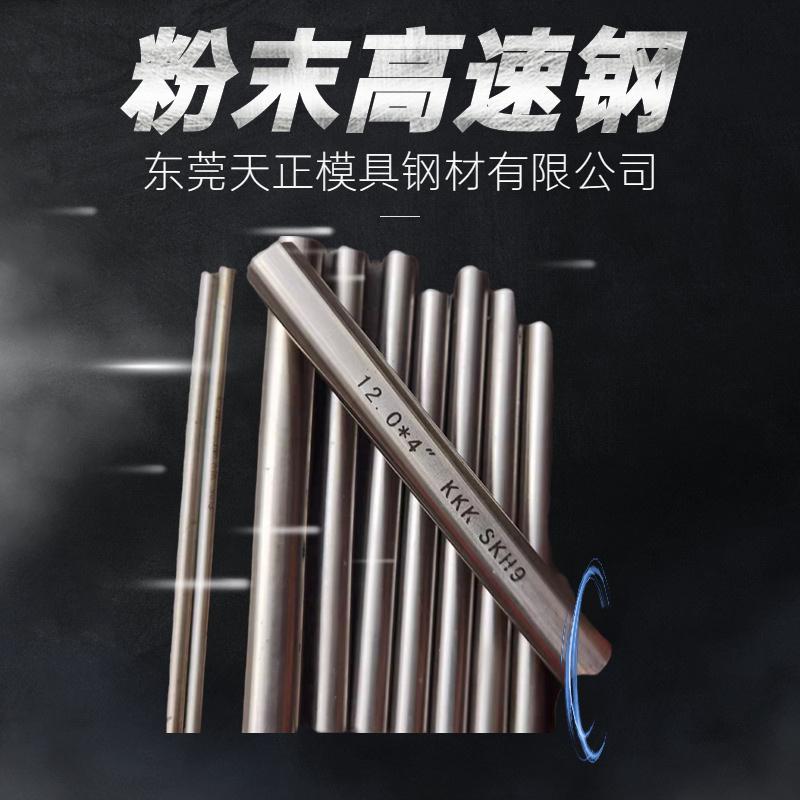The Nitronic 60 corresponds to the Chinese brand
Nitronic 60 has superior uniform corrosion resistance to 304 stainless steel in most environments. The yield strength of the Nitronic 60 is almost twice that of 304 and 316 stainless steel. The resistance to chloride pitting is better than 316 stainless steel; Nitronic 60 provides excellent high temperature oxidation resistance and low temperature impact resistance.
Applications using Nitronic 60 include stem, seat and valve internals, fastening systems, screens, pins, bushing and roller bearings, pump shafts and rings. Other uses include wear plates, guides and bridge pins.
Wear resistance
This alloy offers a significantly lower cost method to combat wear and tear compared to nickel - or cobalt-based alloys.
Austenitic stainless steel
Nitronic 60 is truly a versatile metal. The whole austenitic alloy was originally designed as a superalloy and subsequently has excellent high-temperature performance at temperatures around 1800ºF. The antioxidant activity of Nitronic 60 was similar to that of 309 SS and much better than that of 304S.S. This class is known for its wear and tear resistance.
The addition of silicon and manganese makes the alloy a matrix that inhibits wear, wear and fretting wear even under annealed conditions. Higher strength can be obtained by cold working the material and remain complete austenite after strict cold working. This processing does not enhance wear resistance as carbon steel and some stainless steels do. The benefits of cold or hot working the material are increased strength and hardness, and wear resistance is not significantly reduced. The addition of chromium and nickel makes it as corrosive as 304 and 316 stainless steel, while having approximately twice the yield strength.
application
· Automotive valves - can withstand gas temperatures up to 1500°F for at least 50,000 miles.
· Fastener wear - The ability to frequently assemble and disassemble allows greater use of fasteners before threads are torn and also helps eliminate corroded or frozen fasteners.
· Pin - For roller prosthetics and chains to ensure better fit to parts (smaller tolerances, no lubrication) and longer lasting.
· Marine shaft -- Better corrosion resistance than type 304 and 316, double yield strength.
· Pins and boom expansion joints for Bridges - Better corrosion resistance, wear resistance, low temperature toughness and high summer ratio at zero temperature than common A36 and A588 carbon steel.
Applications using Nitronic 60 include stem, seat and valve internals, fastening systems, screens, pins, bushing and roller bearings, pump shafts and rings. Other uses include wear plates, guides and bridge pins.
Wear resistance
This alloy offers a significantly lower cost method to combat wear and tear compared to nickel - or cobalt-based alloys.
Austenitic stainless steel
Nitronic 60 is truly a versatile metal. The whole austenitic alloy was originally designed as a superalloy and subsequently has excellent high-temperature performance at temperatures around 1800ºF. The antioxidant activity of Nitronic 60 was similar to that of 309 SS and much better than that of 304S.S. This class is known for its wear and tear resistance.
The addition of silicon and manganese makes the alloy a matrix that inhibits wear, wear and fretting wear even under annealed conditions. Higher strength can be obtained by cold working the material and remain complete austenite after strict cold working. This processing does not enhance wear resistance as carbon steel and some stainless steels do. The benefits of cold or hot working the material are increased strength and hardness, and wear resistance is not significantly reduced. The addition of chromium and nickel makes it as corrosive as 304 and 316 stainless steel, while having approximately twice the yield strength.
application
· Automotive valves - can withstand gas temperatures up to 1500°F for at least 50,000 miles.
· Fastener wear - The ability to frequently assemble and disassemble allows greater use of fasteners before threads are torn and also helps eliminate corroded or frozen fasteners.
· Pin - For roller prosthetics and chains to ensure better fit to parts (smaller tolerances, no lubrication) and longer lasting.
· Marine shaft -- Better corrosion resistance than type 304 and 316, double yield strength.
· Pins and boom expansion joints for Bridges - Better corrosion resistance, wear resistance, low temperature toughness and high summer ratio at zero temperature than common A36 and A588 carbon steel.
